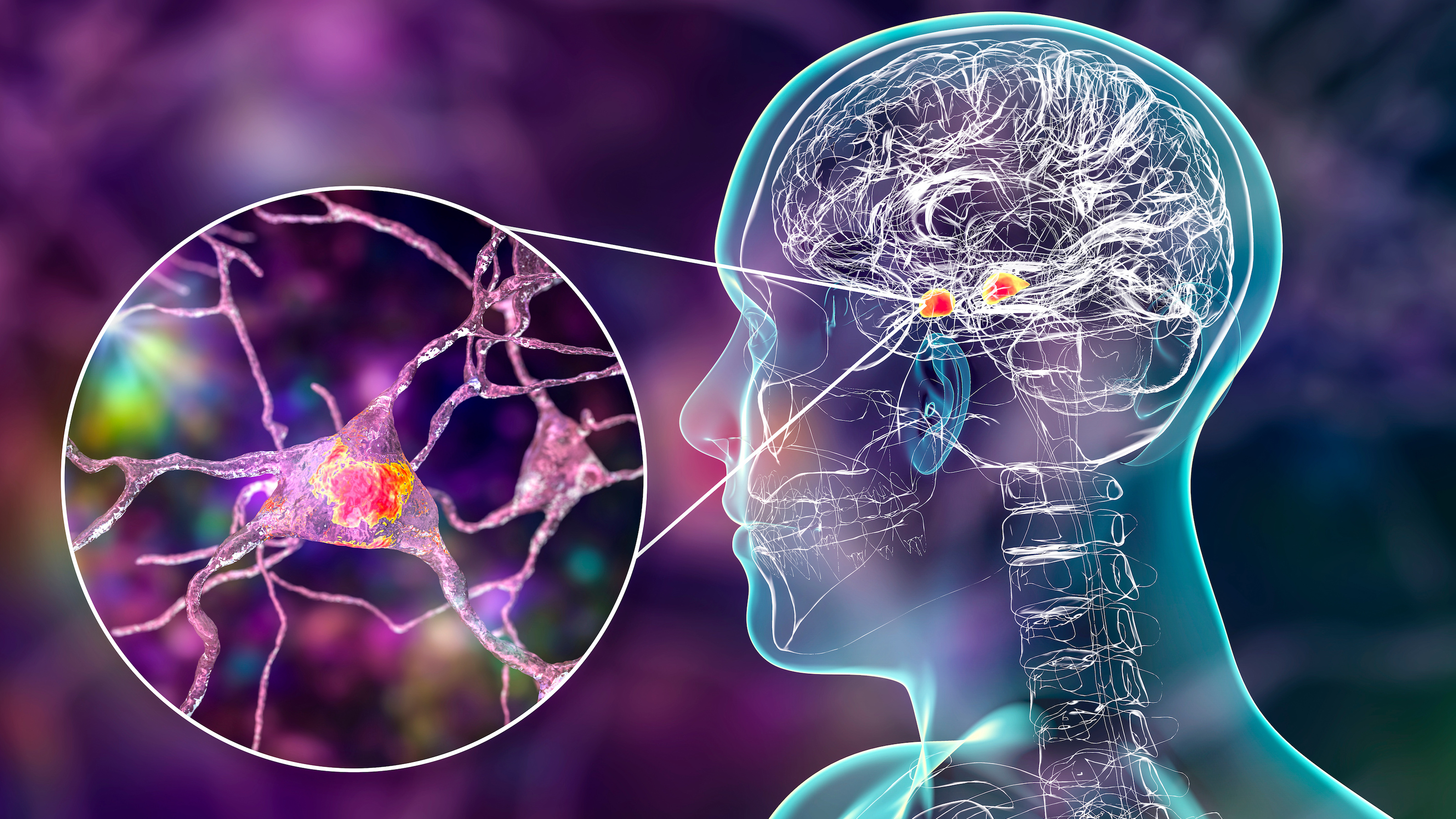Brain stimulation boosts memory for at least a month

- Transcranial alternating current stimulation (tACS) can improve memory recall in people aged 65 to 88.
- Crucially, the improvements in memory recall persisted for at least one month after stimulation.
- However, while brain stimulation is safe to use under controlled laboratory conditions, the safety — and effectiveness — of commercially available devices is questionable.
Zapping the brain with an electrical current can improve memory in older adults for at least a month, according to new research published in the journal Nature Neuroscience.
Numerous previous studies show that non-invasive brain stimulation improves memory and various other mental functions, but this is the first to show that the beneficial effects can be long-lasting. The study suggests that brain stimulation could eventually find therapeutic applications, but could also encourage people to experiment with unregulated, commercially available devices.
A stimulating experiment
Shrey Grover of Boston University and his colleagues recruited 150 volunteers aged between 65-88 years old for the study. Each participant received transcranial alternating current stimulation (tACS) for 20 minutes per day over four consecutive days. On each day, during the stimulation, they also performed memory tests involving remembering, and then immediately recalling, lists of 20 words. The participants also performed the same tests without brain stimulation, and again one month after stimulation.
In experiment one, 60 participants were randomly assigned into three groups. One group received high-frequency stimulation of the dorsolateral prefrontal cortex (DLPFC), another received low-frequency stimulation of the inferior parietal lobule (IPL), and the third received “sham” stimulation, in which the electrodes are attached to the scalp but no current is applied. A second experiment was designed in the same way, except that the frequency of stimulation of the two brain regions was switched, so that those in one group received low-frequency stimulation of the DLPFC and those in the other received high-frequency stimulation of the IPL.
The researchers found that high-frequency stimulation of the DLPFC significantly improved participants’ word recall, especially for words at the beginning of the lists. Low-frequency stimulation of the IPC also improved their recall, but in this case, they were better able to recall words at the end of the lists. This is in keeping with earlier studies showing that high-frequency “gamma” oscillations contribute to long-term memory, and that low-frequency “theta” brain waves contribute to working (or short-term) memory. Switching the stimulation frequency between the two brain regions in the second experiment did not produce the same effect.
Crucially, the improvements in memory recall persisted for at least one month after stimulation. The researchers also noted that the worse the participants’ memory function was before stimulation, the larger and more enduring was their improvement.
The findings could have important clinical implications. Most of us experience memory impairments as we get older, as a part of normal age-related cognitive decline, and memory impairments are also characteristic of Alzheimer’s disease, whose incidence is predicted to grow significantly in coming decades. Brain stimulation could therefore prove to be useful in combating the deterioration of memory, and perhaps other mental functions, that occur with age, or perhaps slow the inevitable progression of Alzheimer’s disease and reverse some of its symptoms.
Do-it-yourself brain zapping
There is a downside, however. Although non-invasive brain stimulation is an experimental technique, the DIY brain stimulation market has grown dramatically over the past decade, and there are now dozens of commercial devices that are directly available to consumers. This market is still unregulated, and researchers urge consumers to be cautious, because while brain stimulation is safe to use under controlled laboratory conditions, the safety — and effectiveness — of commercially available devices is questionable.
Studies such as this one are therefore likely to fuel the growth of the DIY brain stimulation market by encouraging more people to experiment with the technique themselves.





